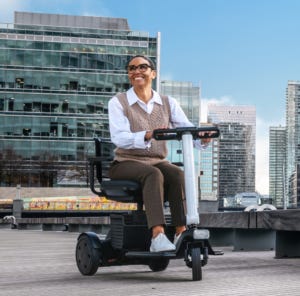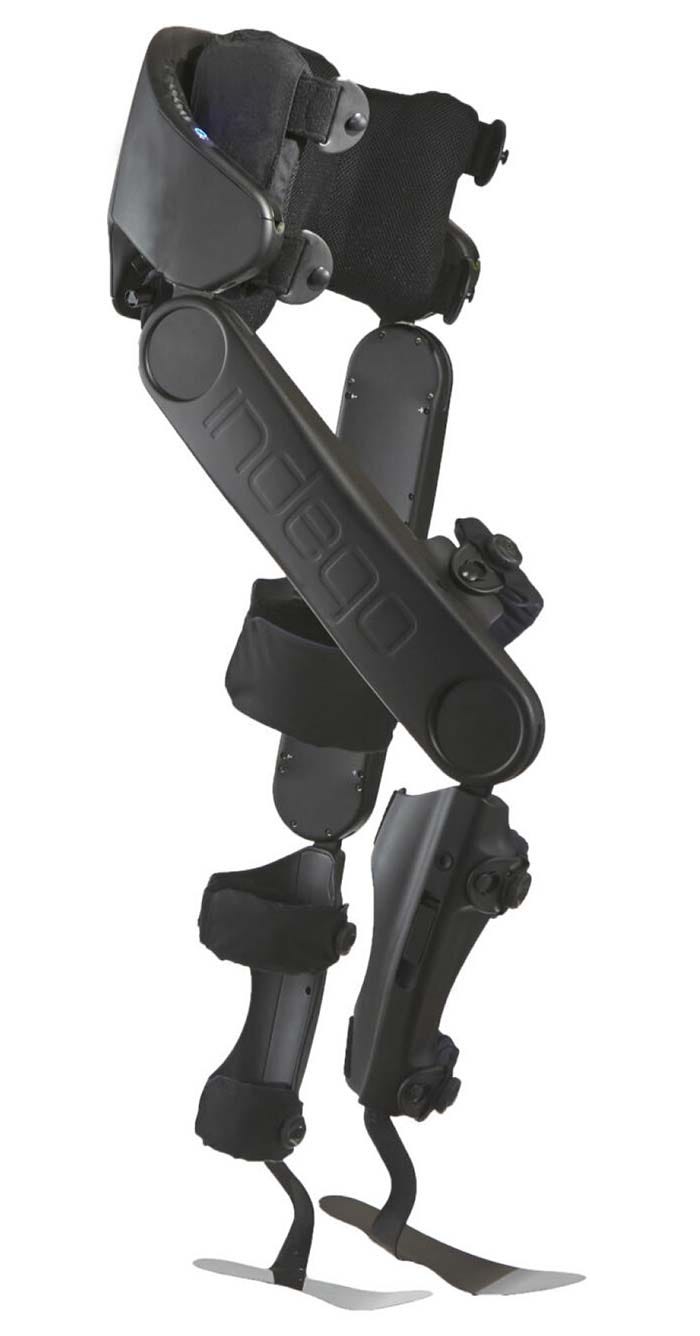#1 Personal Mobility Market Map
First post on AgeTech Ventures! Here we walk through the exciting companies that are pushing the boundaries in tackling personal mobility for older populations
Mobility is fundamental to living independently. As we age, maintaining that mobility becomes one of the greatest challenges. For older adults, mobility disability is the most common limitation, affecting nearly 1 in 5 middle-aged individuals and about 1 in 4 seniors (link). Loss of mobility often leads to a decline in mental health, a diminished quality of life, and higher healthcare costs (link).
There are many reasons why loss of mobility can occur with increasing age. Similarly, there are many technological approaches to promote personal mobility. Here we touch on a few dimensions of the solution and walk through examples of venture-backed companies in each space:
Mobility aid
Personal conditioning
Fall prevention
Environmental interventions
Exoskeletons.
I found the companies by searching online and using the PitchBook Similar Companies tool to map out the universe. High-level, outside of pockets of innovation (fall prevention sensors and age-targeted fitness apps), the space is still nascent and companies are either early stage or not venture-backed. Of this map, only Whill and IFIT have raised more than $50M in venture dollars. Both Whill and IFIT are not agetech pureplays and sell to a broader end market.
Personal Conditioning
Staying active starts with strengthening the body. Research shows that even moderate physical activity can decrease the rate of physical limitations by 20%. Experts recommend than an older person should be physically active for about 30 min per day adding up to 150 min per week of moderate physical activity (link). There are four reasons why aging can be challenging for personal mobility and exercise can help to target these areas:

Some fitness apps are targeted to an older population and have exercise programs that are specific to strength training, flexibility, and balance as mentioned above. These app are more accessible to folks of all fitness levels (e.g., some have programs that allow people to exercise both seated and standing up). Most of these age-targeted apps are are covered by Medicare and commercial plans for at least parts of the population. Lindera is worth noting in that it is a personal conditioning platform targeted specifically for fall prevention amongst older populations.
This is a buzzy space and both Bold and Nymbl have attracted more than $20M+ in venture capital investment. Bold features high-profile investors including a16z and Khosla Ventures.
Mobility Aids
About 2 million powered wheelchairs were sold in 2020 (link), and start-ups tackling the space include Whill, Lifehub, and Abby Chair. Whill, founded by ex-Nissan car designer Satoshi Sugie in 2012, has attracted more than $150M of venture capital investment to-date. Traditionally Whill has not sold DTC (Direct-to-consumer) but sells B2B (Business-to-business) to dealers instead. In March 2024, Whill launched Model Ri, an urban mobility scooter designed specifically for seniors, available at $3,999. Unfortunately Whill’s products are not covered by Medicare or Medicaid today.
Other start-ups to mention include Nuvio which has developed a walker that continuously collects mobility data and generates insights to prevent falls and improve care. Walk with Path has developed a shoe specifically for those who live with Parkinson’s disease that experience difficulties walking through freezing of gait.
Environmental Interventions
Home modification can make living spaces more accessible. There are many companies that sell ramps and rails that can be used, but I did not find any the companies to be particularly technologically differentiated (let me know if you’ve seen anything). There are also many builders/contractors that can are certified-aging-in-place specialists (CAPS) who has completed professional training on aging in place.
Fall Prevention
Loss of mobility goes hand in hand with fall prevention, because falls both lead to reduced mobility, and preventing falls should be a priority in encouraging mobility. Falls are pervasive — about a third of community-dwelling people over 65 years old fall every year (link). Falls are not only common but consequential — the World Health Organization estimates that around 684,000 fatal falls occur globally each year and another 37.3 million falls are severe enough to require medical attention (link). Among individuals with a recent fall, up to 70% report fears of falling. Of these individuals, 50% may limit or exclude physical or social activity because of this fear (link).
To address this problem, fall prevention sensor companies produce solutions that are able to detect when people are standing up and when people have fallen. The products then are able to alert caregivers for faster response times. The data is collected from wearables (e.g., OK2StandUp), visual detection (e.g., bide), or radar systems (e.g., QUMEA). Target customers could either be individual households (DTC) or caregiving institutions (B2B).
BONUS: Exoskeletons
Exoskeletons are wearable structures that support the movement of a human operator. Exoskeletons can be used for rehabilitation and/or performance augmentation in contexts varying from consumer, industrial, military or medical applications.
Though this may sound straight out of science fiction, exoskeletons are already a reality. Ekso Bionics has a personal exoskeleton called Ekso Indego Personal that is only 29 lb (13 kg). The device enables people with mobility impairments to walk independently. Today the target market is individuals with spinal cord injuries, as this is a more high-powered exoskeleton (link).
WiRobitcs has also developed a consumer/commercial powered exoskeleton for hiking and exercise that is more applicable to people with less severe mobility challenges. Seismic has similarly developed a consumer/commercial device to provide support as needed for older populations.





